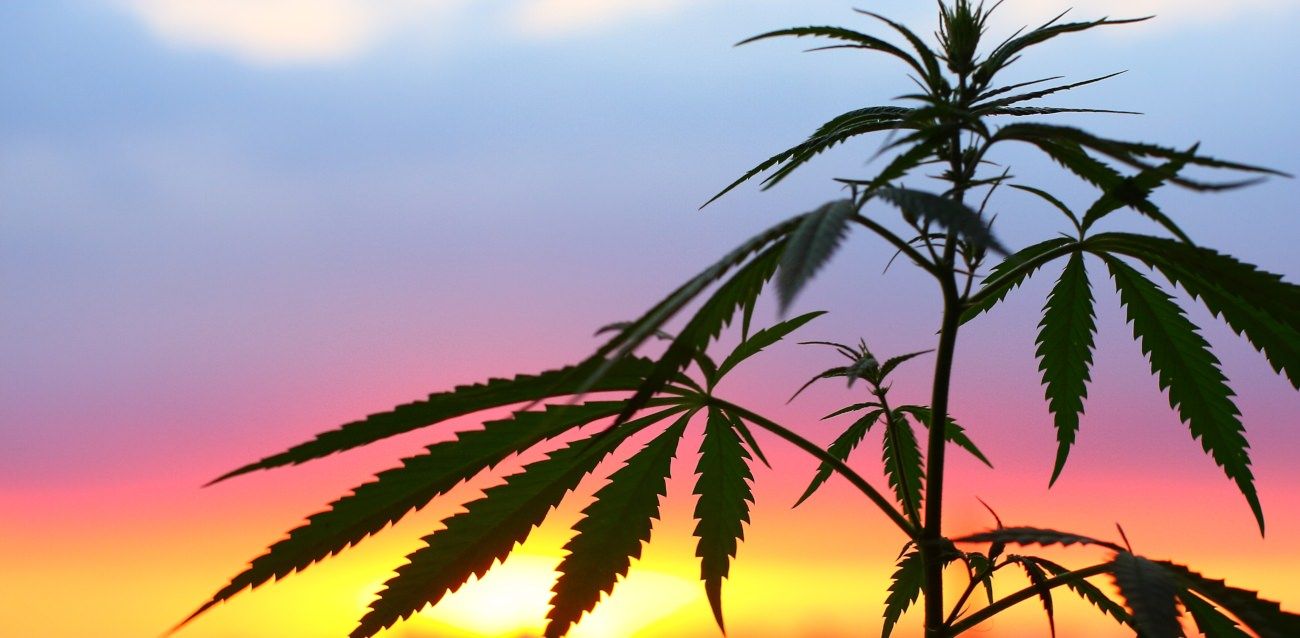The number of legal cannabis product batches undergoing lab testing in California each month has rebounded since a lull over the spring and summer and, as of late November, was on pace to grow even more before the end of the year.
But the increase in legal product making its way through the supply chain met with mixed reactions from California marijuana industry insiders as the turbulent market in the state still struggles to find some measure of stability.
Some took it as a positive sign that the state’s licensed cannabis businesses are on the upswing, while others said it’s further evidence that the illicit market is still much stronger than the legal industry.
The California Bureau of Cannabis Control (BCC) began issuing regular reports on testing outcomes for legal cannabis products in October 2018, at which point the total number of batches tested was a little more than 3,400.
That number shot up in early 2019, to a high of just over 5,100 product batches in April, before slumping to a little more than 4,100 in June.
The testing decline sparked concerns in some industry circles of a possible downturn in available supply, but others predicted it was just a regular seasonal dip, which recent data appears to support.
The rebound in lab tests began in August and, in November, hit its biggest high point yet of legally tested product batches – 6,139 as of Nov. 27, an increase of 49% from June – according to a Marijuana Business Daily analysis of BCC data.
Still, there’s disagreement among industry insiders as to what exactly the numbers portend and whether it’s cause for celebration or if it’s further evidence that the market has a long way to go before reaching its full potential.
“My only concern is I don’t know if that’s a regular seasonal thing or a positive market influence,” said Swetha Kaul, chief scientific officer at Cannalysis, a Santa Ana-based testing lab.
“We’ll have to see over the next few months. Hopefully it’s a real thing.”
Outdoor harvest a factor
Kaul said her lab has experienced a “steady increase” in the number of products coming through for testing, but she acknowledged that boost could stem from several factors.
One of the biggest of those is the outdoor harvest in Northern California, which typically begins in September and runs through early November.
“You hit the nail on the head,” said Erika Lindeman, business development director at Santa Rosa-based Sonoma Lab Works. “Most of the seasonal uptick we’ve seen is due to the seasonal increase from harvest.”
Lindeman also said she’s had clients tell her that a lot of outdoor farmers had later harvests this year than normal, and she’s expecting even more raw flower to come through her doors before the end of the year.
Hard to tell
Michael Wheeler, vice president of policy initiatives at Mendocino County-based marijuana distributor Flow Kana, said he’s “shrugging his shoulders” at the data and called it “inconclusive.”
“It could be that the seasonal harvest is a huge source of new product flooding into the market all at once. It’s hard to draw a definitive conclusion that that alone is what we’re seeing,” Wheeler said.
He added that he expects to see a continued increase in the number of tested product batches before the close of 2019, but he predicted a lot of that will also be driven by a tax hike that goes into effect Jan. 1 in California.
“I think it’ll be especially driven by the expectation of a tax increase and the rush to move product through the supply chain,” Wheeler said.
He also noted that batch sizes for tested product often vary widely, from a few pounds up to the legal maximum of 50 pounds, meaning it’s impossible to tell just how much product is moving through the supply chain just by analyzing BCC reports.
“I’m concerned, but I’m not looking really at the testing data as the source of my concern,” Wheeler said, adding that systemic changes need to be made in the California cannabis market before true sustainability can be achieved.
Debatable takeaways
The legal California marijuana market overall is still showing positive signs of growth, said Liz Connors, director of analytics at Seattle-based Headset.
She noted the BCC data likely reflects the type of slow but steady market increases that many observers have hoped for.
But, she said, it’s still not easy to read the industry tea leaves, in part because of a lack of historical data and because the market landscape remains turbulent.
“There are two ways to look at it: One way is, it’s bad, and the other is, it’s getting better,” Connors said.
“I don’t think it’s perfect. There are so many things that need to be solved. But sometimes what happens is, little progress, little progress, little progress.”
That means it’s easy to get different takeaways from the BCC reports, in the way that Cannalysis’ Kaul and Sonoma Lab Works’ Lindeman have.
For Kaul, the numbers remain a cause for concern because of the still-thriving illicit market, which accounts for as much as 70% of cannabis sales in California, according to some estimates.
“The market still has a long way to go to be considered robust and booming. We’re very far from that,” Kaul said, adding that she’d like to see the number of tested product batches get up into the 8,000-per-month range.
But for Lindeman, the numbers tell nothing but a positive story. She pointed to the volume of tested batches in October 2018 compared to October 2019, which shows a 70% increase.
“My only real takeaway is I feel a lot better about the amount of product that’s going through than I had anticipated,” Lindeman said. “That seems like far more than just healthy growth.”
The tax increase on the horizon could lead to a boom in the wholesale market before the end of the year, with many businesses likely rushing to get product stocked before the tax hike goes into effect, Headset’s Connors predicted.
John Schroyer can be reached at johns@mjbizdaily.com
Maggie Cowee can be reached at maggiec@mjbizdaily.com







